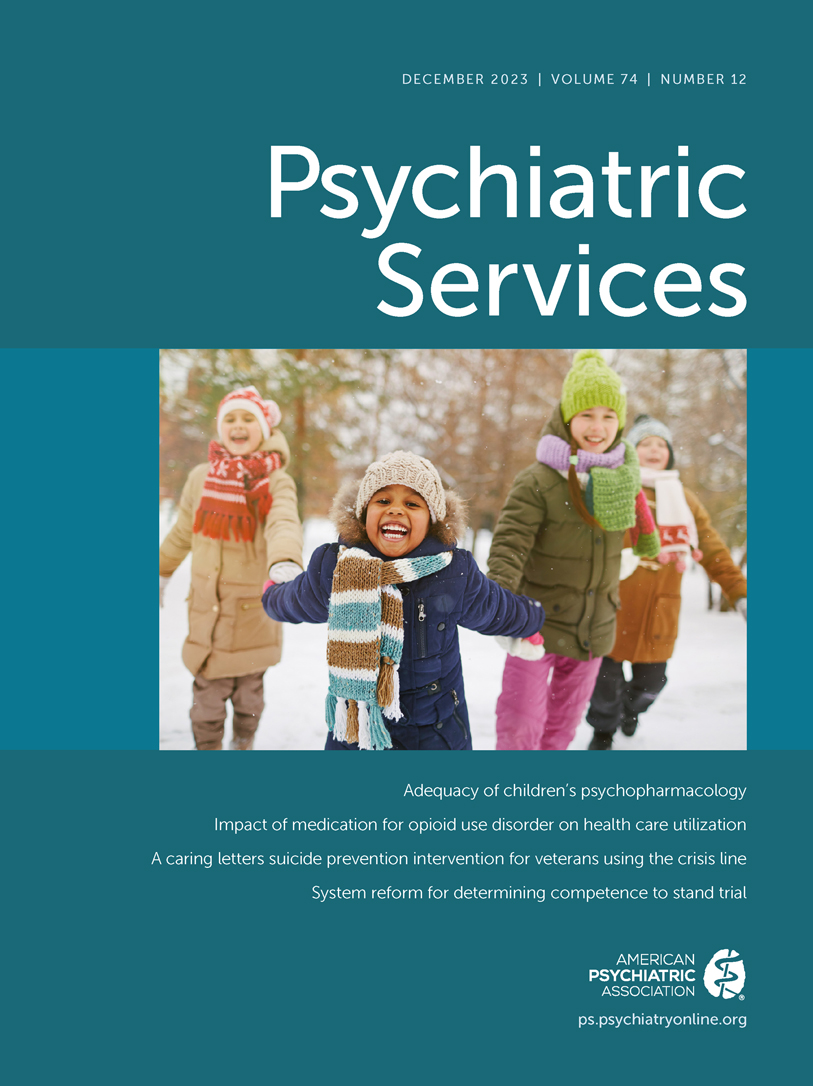Adequacy of Children’s Psychopharmacology Services: Variations by Race and Clinical Characteristics
Abstract
Objective:
An expert consensus approach was used to determine the adequacy of children’s psychopharmacology and to examine whether adequacy varied by demographic or clinical characteristics.
Methods:
Data were from the baseline interview of 601 children, ages 6–12 years, who had visited one of nine outpatient mental health clinics and participated in the Longitudinal Assessment of Manic Symptoms study. Children and parents were interviewed with the Kiddie Schedule for Affective Disorders and Schizophrenia and the Service Assessment for Children and Adolescents to assess the child’s psychiatric symptoms and lifetime mental health services use, respectively. An expert consensus approach informed by published treatment guidelines was used to determine the adequacy of children’s psychotropic medication treatment.
Results:
Black children (compared with White children; OR=1.84, 95% CI=1.53–2.23) and those with anxiety disorders (vs. no anxiety disorder; OR=1.55, 95% CI=1.08–2.20) were more likely to receive inadequate pharmacotherapy; those whose caregivers had a bachelor’s degree or more education (vs. those who had a high school education, general equivalency diploma, or less than high school education; OR=0.74, 95% CI=0.61–0.89) were less likely to receive inadequate pharmacotherapy.
Conclusions:
The consensus rater approach permitted use of published treatment efficacy data and patient characteristics (e.g., age, diagnoses, history of recent hospitalizations, and psychotherapy) to assess adequacy of pharmacotherapy. These results replicate findings of racial disparities reported in previous research using traditional methods to determine treatment adequacy (e.g., with a minimum number of treatment sessions) and highlight the continued need for research on racial disparities and strategies to improve access to high-quality care.
Access content
To read the fulltext, please use one of the options below to sign in or purchase access.- Personal login
- Institutional Login
- Sign in via OpenAthens
- Register for access
-
Please login/register if you wish to pair your device and check access availability.
Not a subscriber?
PsychiatryOnline subscription options offer access to the DSM-5 library, books, journals, CME, and patient resources. This all-in-one virtual library provides psychiatrists and mental health professionals with key resources for diagnosis, treatment, research, and professional development.
Need more help? PsychiatryOnline Customer Service may be reached by emailing [email protected] or by calling 800-368-5777 (in the U.S.) or 703-907-7322 (outside the U.S.).



